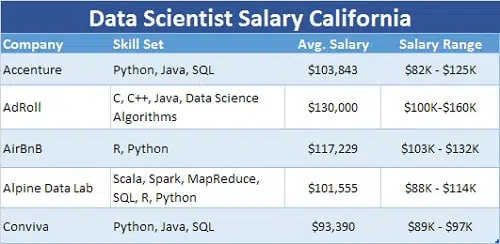What is Julia Programming language?
When it comes to scientific computing, nothing can beat Julia. It’s a free and open source programming language which is very much capable of providing high-performance and now even competing with the most popular programming languages like Python and R for data science.
Also Read – What is programming | Introduction | How to begin?
The story doesn’t end here though. This langauge also manages to defame Python alone.
Also Read – New Python Rival? Julia is winning over developers.
So now the question arises considering it as a new language, what makes it so much powerful?. Well, there are numerous reasons behind it and the best part is we will be discussing each of them here. But first, let’s see what its definition has to offer.
Definition – “Julia is free and open source programming language widely used for scientific computing. It features optional typing, multiple dispatch, and good performance, achieved using type inference and just-in-time (JIT) compilation, implemented using LLVM. It’s also a multi-paradigm, combining features of imperative, functional, and object-oriented programming language. Julia provides ease and expressiveness for high-level numerical computing, in the same way as languages such as R, MATLAB, and Python, but also supports general programming.”
Why was it created?
Julia was created to overcome the time of coding vs runtime problem. The developers of this language also aimed fast, dynamic, technical and general programming language and they got succeeded in that as well.
This language has all the potential which can make it rank among the upcoming top programming languages in the world. We also can’t deny the fact that this language being not as old as Python is giving strong competition to the languages which are now being used for scientific computing.
As we mentioned above its also a threat to R language as it is also used for Data science.
Also Read – 5 Best Programming languages for Data Science.
Features of Julia programming language
- Fast – The core feature of Julia and why it was designed for is the speed. It’s a very fast programming language and sometimes even faster than C. Julia programs are compiled to efficient native code for multiple programs.
- Dynamic – Julia is a dynamically typed language. It also feels like a scripting language and also has good support for interactive use.
- Optionally Typed – Julia is rich in descriptive datatypes, and type declarations can also be used to clarify and solidify programs. Which is a great feature.
- General – It uses multiple paradigms approach which means can be able to express many object-oriented and functional programming patterns.
- Technical – Julia is strictly used for technical stuff as it excels in numerical computing. It has a wonderful syntax for maths, numeric data types and much more.
- Composable – Its packages naturally works super well together which is a great sign. Matrices of unit quantities, or data table columns of currencies or even colors, just work well and with good performance too.
Uses of Julia Programming language
Its been here from a couple of years now and unlike other niche based programming languages. Julia is used towards a variety of applications and a larger audience.
Its usefulness in data science becomes more crucial as it offers more required features in scientific computing as well.
This langauge can be used to serve the best of both worlds. How? well, as we all know that numerical computing languages are split into two groups.
- Static Languages
- Dynamic Languages
Static languages like C and C++ which are fast for execution but are slow for development. Dynamic languages such as Python, R, and Matlab which are slow in execution but efficient in development.
Scope of Julia
Well, talking about the Scope then Data Science and Scientific computing are the future of I.T. As we all know that the advancement of technology is at full pace from past few decades and it can’t be stopped ever.
So if a programmer is familiar with Julia then of course with the help of Data science and Scientific computing he/she can boost their career. Below is the salary chart of data scientist without the skill of Julia only.
So imagine if a data scientist who is familiar with Julia can step up his/her game to another level.
Conclusion – This language might sound new to you but considering its future demand it can be a boon for those who want to become a data scientist or have an interest in scientific computing.
So this was all regarding Julia. If you have any other suggestion let us know in the comment section below. Would love to hear that.
Stay Tuned for more.




